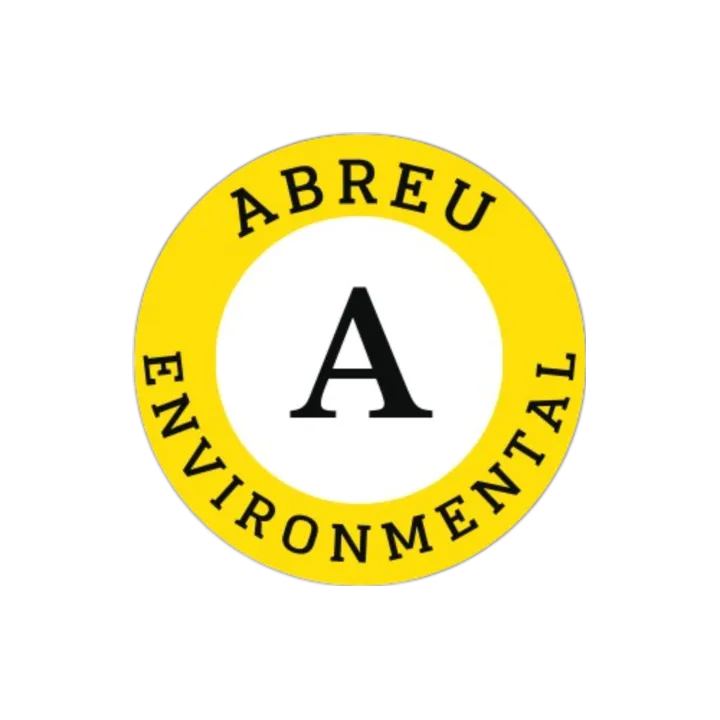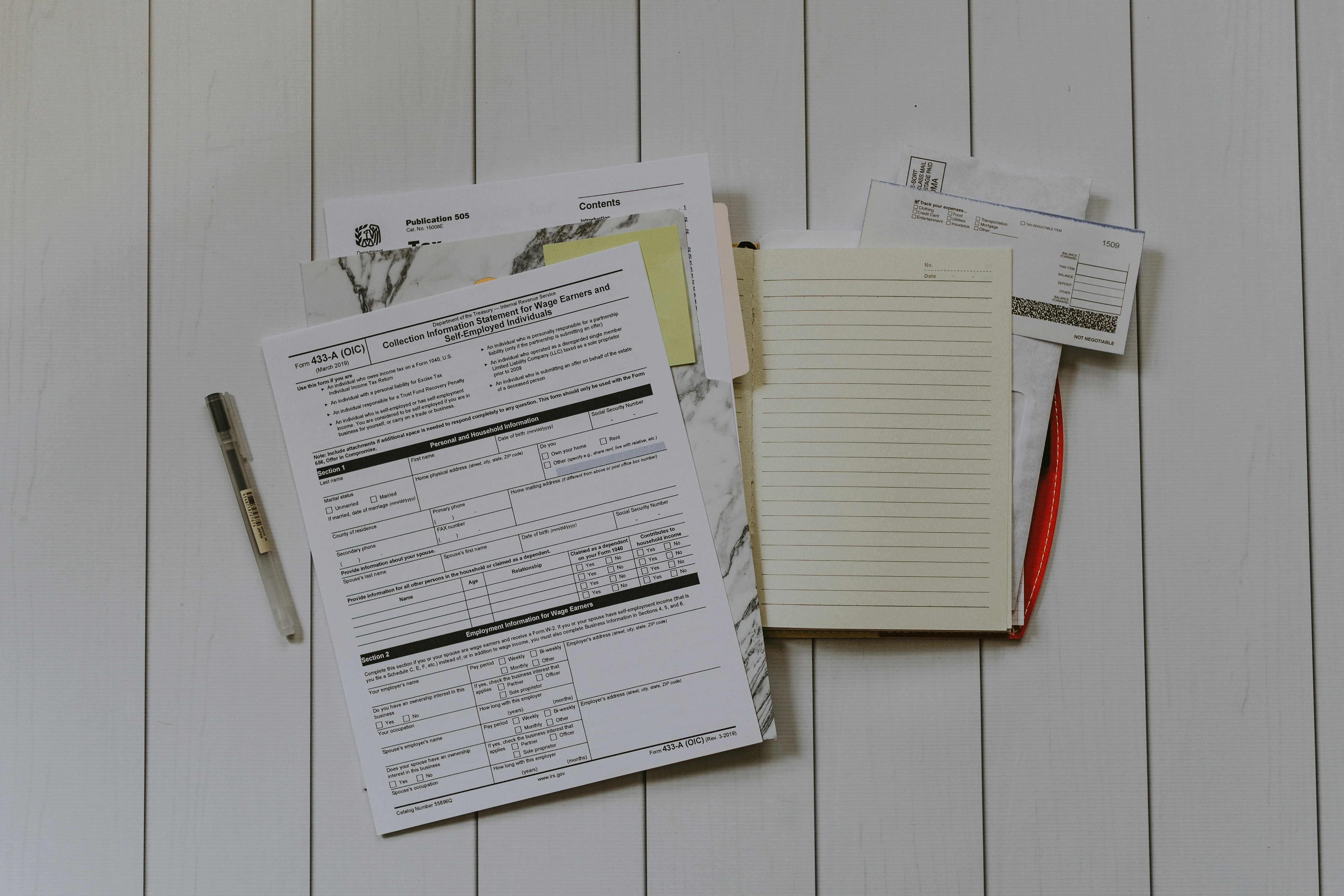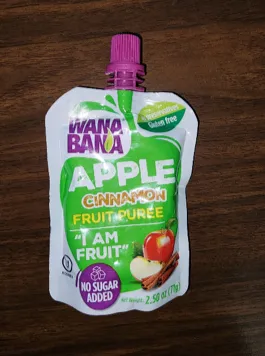Lead in Drinking Water Connecticut Fact Sheet
(Note: This fact sheet is applicable to public water systems only, not private wells. The Department of Public Health recommends that private wells are tested for lead at least once and then every 3-5 years when someone in the home is planning a pregnancy or if a child under the age of 6 lives there.)
Lead in Drinking Water Connecticut Fact Sheet
How does lead get into drinking water?
- Lead found in tap water usually comes from the corrosion/deterioration of pipes or from the solder that connects pipes to one another.
- Lead can also be found in some water faucets or pipes connecting a house to the main water pipe in the street.
- When water sits in leaded pipes for several hours, lead can leach into the water.
How do I know if my tap water has lead?
- You cannot see, taste, or smell lead in drinking water.
- Ask your water provider. Your water company may post data about lead online. If your water provider does not, you can call them.
- You can also have your water tested. Call your local health department or search for laboratories in your area that test drinking water. There is a cost for having your water tested.
Does a high lead level in my drinking water cause health effects?
- High levels of lead in tap water can cause health problems if you drink enough of the water.
- It is unlikely that water alone would increase blood lead levels.
- The level of risk depends on the person, the amount of lead in the water, and the amount of water you drink.
For example, infants who drink formula prepared with lead-contaminated water are at a higher risk because of the large amount of water they drink compared to their body size.
What can I do immediately to get rid of lead in my drinking water?
- Run your water to flush out lead. Run water for 30 seconds or until it becomes cold before using it for drinking or cooking. This flushes lead-containing water from pipes.
- Use cold water for cooking and preparing baby formula. Do not cook with or drink water from the hot water tap; lead dissolves more easily in hot water. Do not use water from the hot water tap to make baby formula.
- Do not boil water to remove lead. Boiling water will not reduce lead.
Who can I speak with who may know more about lead in my drinking water?
• Contact your water company. Ask them:
Have you tested my water for lead?
• If yes, what was the level of lead in the water?
• If it was above the action level of 15 parts per billion ask them what they are doing to fix the problem.
• Does the service pipe at the street have lead in it?
• Purchase bottled water or a water filter if your lead result is above 15 parts per billion, until the problem has been fixed. Filters labeled as reverse osmosis systems or distillers can remove the lead in your drinking water.
Test your water again after using the filter for (a week) to make sure it is decreasing the lead level.
- Identify if your plumbing fixtures may contain lead. New faucets, fittings, and valves may contain up to 8 percent lead, including those advertised or labeled “lead-free” and may contribute lead to drinking water.
Consumers should be aware of this when choosing fixtures and take appropriate precautions.
For more information contact:
Connecticut Department of Public Health Public Drinking Water Program
(860) 509.7333
ct.gov/dph/publicdrinkingwater
or
http://www.cdc.gov/nceh/lead
For information on lead in private wells go to Publication #12: Lead in Private Well Water




